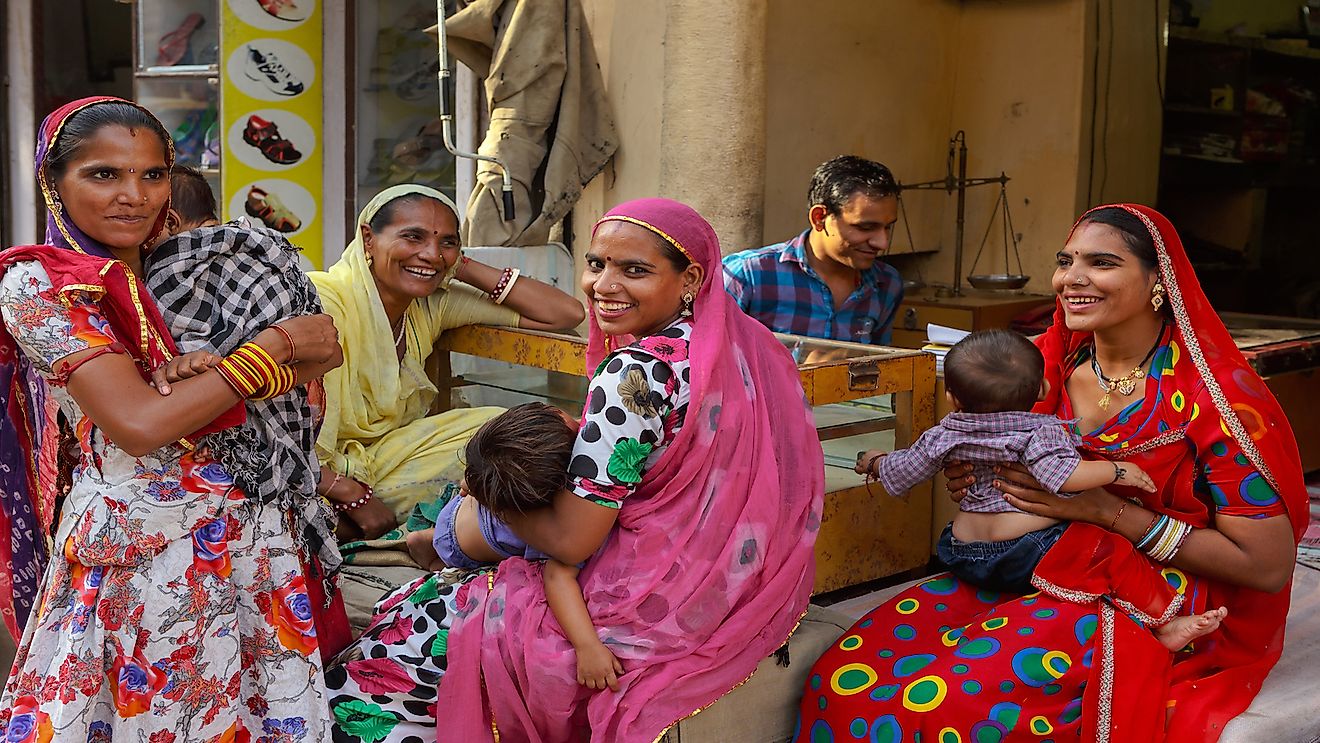8 European Union Countries With The Lowest Healthcare Expenditures

The amount of money a country spends on health care is influenced by economic and social determinants as well as organizational structure and financial arrangements of the system itself. There is a strong correlation between the average income of a country and the amount its population spends on health care. Considering these factors, variations can be seen in the level of healthcare spending across Europe.
Health Care Expenditure Per-capita In Europe
High-income countries such as Liechtenstein, Switzerland, Norway, and Luxembourg spend more on healthcare than low and medium-income countries. On average, a person in Liechtenstein spends $9,884, followed closely by those in Switzerland ($9,772), Norway ($7,802), Sweden ($5,790), Denmark ($5,711), and Luxembourg ($5,653). Generally, Nordic countries are high income and spend more on health care. This trend is not replicated across Europe as some countries spend less than $1000. Bosnia and Herzegovina, for example, has the least per capita expenditure of $454, followed by Romania ($548), Bulgaria ($657), Croatia ($895), and Latvia ($920). After the economic crisis of 2008, most countries in Europe experienced slow growth and expenditure declined drastically as thousands lost their jobs. At the start of the decade, growth rates began rising in almost all countries. Between 2009 and 2013, healthcare expenditure experienced an annual growth of about 0.6%, but between 2013 and 2017, the growth rate increased to about 1.9%. During the crisis, about 10 European countries lowered their public expenditure while only Romania and Bulgaria experienced growth above 5%. Following the economic depression, Greece experienced the largest decline in health expenditure, with an annual drop of about 8.7% between 2009 and 2013. Spain, Cyprus, Croatia, and Portugal experienced negative growth within the same period. On the other hand, Romania, Bulgaria, and Malta saw steady growth. While almost all countries in the European Union have experienced a positive growth between 2013-17, the per capita expenditure on health in countries such as Portugal and Greece was lower in 2017 than in 2009.
Health Care In Romania
Romania has the least per capita expenditure on health care among the member states of the European Union. As of 2017, each person spent about $549 on healthcare compared to $443 in 2015 and $480 in 2016. The public sector dominates the health system of Romania. The government owns most of the hospitals and provide health care insurance. In 2018, healthcare expenditure was 5.8% of GDP, well below the European Union average of 9.6%. A parallel private healthcare system provides alternative medical care. The government seeks to provide accessible healthcare to all Romanians by building hospitals close to people and subsidizing the cost. In 2019, the government allocated $14.50 billion to health care; a 17 percent increase compared to 2018. On the darker side, Romania has one of the highest hospitalization rates in the European Union. The government hopes that reforms in the sector will provide alternative care.
Health Care In Bulgaria
The average per capita medical expenditure in Bulgaria is $657. The spending has been on a gradual rise since 2010. In 2018, the country spent $5.3 billion (8.2% of GDP) on health care. Before 1999, Bulgaria relied on the Semashko model, where the government monopolized the sector. The system was inefficient and exposed Bulgarians to the risk of death from manageable diseases. In 1998, parliament adopted the Health Insurance Act that introduced voluntary and mandatory health insurance. Since then, the country has adopted several reforms to improve health services. Currently, the sector is financed by compulsory insurance contributions, voluntary insurance premiums, external funding, out-of-pocket expenditure, and taxes. All employed Romanians pay about 8% of their monthly income to the National Health Insurance Fund that offsets a percentage of the hospital bill in case of admission.
Health Care In Latvia
Latvians spend an average of about $920 on healthcare annually. Over the years, the healthcare sector has undergone restructuring and budget cuts to increase efficiency and facilitate the growth of private health care options. A combination of qualified personnel, first-rate facilities, and low-cost service is building the reputation of Latvia as an emerging medical tourism destination. Between 2003 and 2016, the government reduced the number of public hospitals from 131 to 65 and designated specific functions to specialized institutions. Nevertheless, the health sector is one of the largest in the country, employing more than 67,000 people and accounting for about 3.4% of the GDP. Medical insurance is not well developed in Latvia, with individuals paying for over 45% of services. The government seeks to increase insurance coverage by both the state and private insurers.
Health Care In Poland
The Polish health care system consists of both private and public financing. Mandatory social health contributions are made through the National Health Fund (NHF) at a rate of about 8.5% of the income. The state provides insurance contributions to individuals not covered by the scheme. Complementary financing includes out of pocket expenditure and medical prepayment schemes. Polish health care is one of the best in Europe and has led to an increased average lifespan and a decline in infant mortality. Policy reforms aim to tackle demographic challenges, introduce alternative sources of financing, restructure the health sector, reduce hospital bills, and reduce brain drain of medical specialists.
Health Care In Croatia
Croatia has a universal healthcare system that provides medical insurance to all citizens. The Croatian health system is based on equality, solidarity, and reciprocity, where all citizens contribute to the insurance fund according to their income and receive medical services according to their needs. Contribution for the salaried is made by their employers while self-employed people are required to make personal contributions. Pensioners and low-income people are exempted. Croatians also have an option to seek private health insurance.
8 European Union Countries With The Lowest Healthcare Expenditures
| Rank | Country | Healthcare expenditure per inhabitant in 2015 (in €) |
|---|---|---|
| 1 | Romania | 400 |
| 2 | Bulgaria | 518 |
| 3 | Latvia | 702 |
| 4 | Poland | 718 |
| 5 | Croatia | 771 |
| 6 | Hungary | 806 |
| 7 | Lithuania | 837 |
| 8 | Slovakia | 999 |











